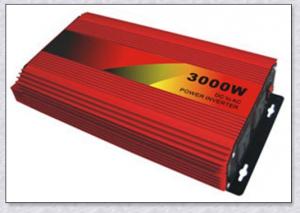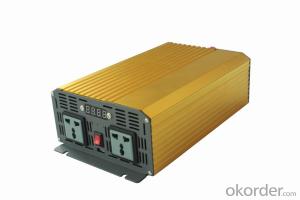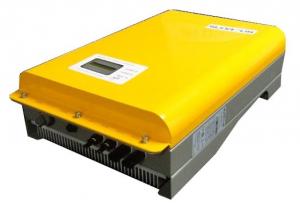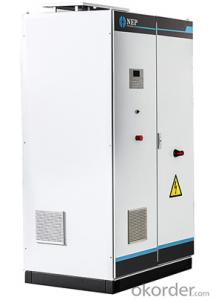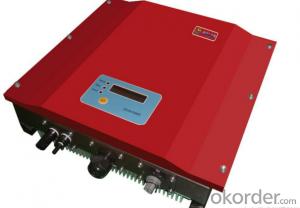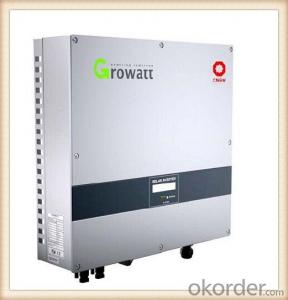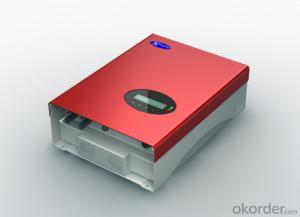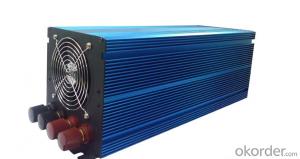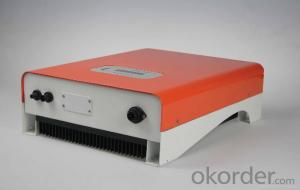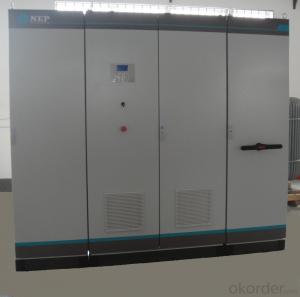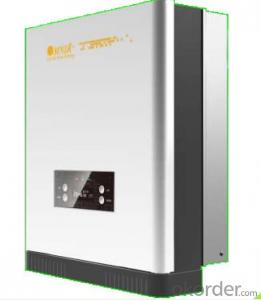Solar Edge Inverter
Solar Edge Inverter Related Searches
Quality Solar Inverter Best Solar Pump Inverter Best Home Solar Inverter Benefits Of Solar Inverter Good Solar Inverter Brands Best Grid Tie Solar Inverter Best Solar Inverter Generator Best Solar Inverter 2016 Best Solar Inverter App Best Solar Inverter 2019Hot Searches
Solar Edge Inverter For Sale Solar Edge Inverter Price Solar Inverter 3000w Price Solar Edge Inverter Sizes Solar Panel Inverter Suppliers Solar Inverter Solar Panel Tesla Solar Panel Inverter Solar Inverter For Laptop Solar Inverter For Fridge Best Solar Inverter In China China Solar Inverter Price Best China Solar Inverter Solar Inverter Supplier In Uae Solar Inverter In Dubai Solar Inverter In Saudi Arabia Solar Inverter In Uae Solar Inverter In Kerala Solar Inverter In Nepal Solar Inverter In Burpengary Solar Inverter In CabooltureSolar Edge Inverter Supplier & Manufacturer from China
Okorder.com is a professional Solar Edge Inverter supplier & manufacturer, offers integrated one-stop services including real-time quoting and online cargo tracking. We are funded by CNBM Group, a Fortune 500 enterprise and the largest Solar Edge Inverter firm in China.Hot Products
FAQ
- Yes, a solar inverter can be used in a floating solar system. The inverter is an essential component of a solar power system that converts the direct current (DC) generated by the solar panels into alternating current (AC) electricity that can be used to power various devices or be fed into the grid. Whether the solar panels are installed on the ground, rooftops, or floating platforms, the inverter's role remains the same. Therefore, it can certainly be used in a floating solar system to ensure efficient and reliable power conversion.
- Yes, there are government incentives available for solar inverters in many countries. These incentives are aimed at promoting the adoption of renewable energy and reducing carbon emissions. One common incentive is the solar investment tax credit (ITC) in the United States, which allows homeowners and businesses to deduct a percentage of their solar installation costs from their federal taxes. In some countries, such as Germany, there are feed-in tariffs that require utility companies to pay a premium for the electricity generated by solar inverters. Additionally, some local governments offer grants or rebates for installing solar inverters or offer low-interest loans to finance the purchase and installation of the equipment. It is important to check with your local government or relevant authorities to understand the specific incentives available in your region.
- No, a solar inverter cannot be used in a remote location without access to the grid. Solar inverters convert DC power generated by solar panels into AC power, which is suitable for use in homes and businesses connected to the electrical grid. Without access to the grid, there is no way to utilize the output of a solar inverter.
- Yes, a solar inverter can be used with a solar-powered outdoor lighting system. A solar inverter is responsible for converting the direct current (DC) generated by solar panels into alternating current (AC) that can be used to power electrical devices. In the case of a solar-powered outdoor lighting system, the solar inverter can be used to convert the DC power generated by the solar panels into AC power that can be used to light up the outdoor lights during nighttime.
- The role of a power factor controller in a solar inverter is to regulate and maintain the power factor of the inverter's output. It ensures that the inverter's output power is in phase with the grid voltage, maximizing the efficiency of power transfer and reducing reactive power losses. By improving the power factor, the power factor controller helps to ensure stable and reliable operation of the solar inverter while meeting grid requirements and minimizing energy wastage.
- Yes, a solar inverter can be used with a solar-powered security camera system. The solar inverter converts the DC (direct current) power generated by the solar panels into AC (alternating current) power, which can be used to power the security camera system. This setup allows for continuous and uninterrupted power supply to the security cameras, making them fully operational and independent of the electrical grid.
- The key differences between a central inverter and a string inverter lie in their design and functionality. A central inverter is a large, centralized unit that converts the DC electricity generated by a solar array into AC electricity. It is typically installed in a central location, such as a utility room, and is responsible for converting the power from multiple strings of panels simultaneously. On the other hand, a string inverter is a smaller unit that is installed close to the solar panels and converts the DC power from each individual string into AC power. One major difference is the level of scalability. Central inverters are typically used in larger solar installations, such as commercial or utility-scale projects, where a large number of panels are connected in parallel. They can handle high power capacities and are highly efficient. In contrast, string inverters are commonly used in smaller residential or small-scale commercial installations, where a smaller number of panels are connected in series. They offer flexibility in system design and can be easily expanded or modified. Another difference is the impact of shading or module mismatch. In a string inverter system, if one panel in a string is shaded or experiences reduced performance, it can affect the overall output of the entire string. This is because all panels in a string are connected in series, and the output is limited by the weakest performing panel. In a central inverter system, however, the impact of shading or module mismatch is minimized as each string operates independently, allowing for better performance optimization. Additionally, maintenance and monitoring differ between the two types. Central inverters are easier to access and maintain as they are typically installed in a dedicated location. They also offer advanced monitoring capabilities, allowing for centralized tracking of system performance. String inverters, being installed close to the panels, require more individual maintenance and monitoring efforts. Both central and string inverters have their own advantages and disadvantages, and the choice between them depends on factors such as project size, system design, shading conditions, and budget.
- Yes, a solar inverter can be used with a solar-powered air purification system. A solar inverter converts the direct current (DC) generated by solar panels into usable alternating current (AC) electricity, which can power various appliances or devices, including air purification systems. By connecting a solar inverter to a solar-powered air purification system, it can efficiently operate using renewable energy from the sun.
